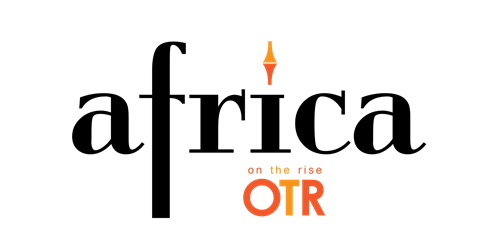Elephantiasis has devastated lots of families in the Kamwenge district in Uganda. This rare type of Elephantiasis is termed as Podoconiosis. Microfilia, worms transmitted by mosquitoes commonly cause elephantiasis. However, this particular Podoconiosis is caused by frequent contact with minerals in areas with volcanic soils. These minerals include iron, silicon, and aluminum in the land. According to research, these minerals affect the natural flow of fluids in the limbs, which causes pain and inflammation. This condition manifests itself after years of exposure to such soils. Reports have it that these conditions in Kamwenge District only may infect more than 300 people. Few cases were suspected in the Southern parts of Uganda. Four million people are estimated to be affected by this disease globally. Podoconiosis is prevalent in Ethiopia, Cameroon, and Rwanda.
The Village In Uganda Devastated By Elephantiasis.
In a small village sits a middle-aged woman at the center of the compound. She seems to be in intense pain as the skin in her toes and legs broke into wounds.
“I had allergies since childhood. However, with time my legs started developing small swellings that resembled boils. I wasn’t very concerned about it at first until it became painful and would feel pinpricks all over my leg.”
A few months later, her sons became sick and developed almost the same symptoms. She wondered if they had inherited the illness. As months passed by, the sores got infected, and one died in 2017 while the other in 2019. She also narrates of her husband, who she describes as a tall, handsome man who cared a lot about his family. He too died years back due to Elephantiasis. Before his death, he used painkillers and was able to run errands as usual, but with time the pain got severe to the point of bed rest. By the time he died, he could not move any part of his lower limb. She explained as she tried to shield herself from the lingering tears.
The Disease Affecting Productivity Of The People.
In the next homestead, a woman helplessly lies on a mat as she tries to get sleep, but the flies buzzing around her sore leg wouldn’t let her. She usually covers some of the wounds with a dirty handkerchief to keep away flies.
“Years before I got this disease, I used to grow food for my family. It’s been five years now; I am stuck on this mat, unable to help my family. I was sent away by my husband, and I returned to my parents with my children. Life has been challenging for me ever since I am unable to provide for my family.”
Female-headed households are typical in this village. Low cases of productivity have been rampant for most families after the outbreak of this disease. Most families get their livelihood from the land. Most farmers use the simple tool and their bare hands to till their land. After WHO researched this pandemic, the organization advised the villagers to use protective gear during farming. Locals were also encouraged to wash their feet and hands shortly after finishing their farm work. Gumboots became an expensive property for those who could afford them.
Salt A Natural Painkiller.
In the same village lives, a woman survives on a simple remedy. Her legs are covered in dark marks but do not bear any wounds. She is in much better condition compared to most people in the village. She proceeds to explain to me how she copes up with her situation.
“I wash my feet in a plastic basin with water after farm work. Then I measure three scoops of table salt in my palm and throw it in a clean basin. I add some water into the basin and soak my feet for fifteen minutes.”
When she does this three times a day, she gets relief and enables her to go about her work. She, however, can’t afford to but salt often to soak her legs, therefore, time after time the blisters and pain return. One or two volunteers go around to greet and give the villagers hope. However, sometimes it gets tough when he doesn’t have a pack of salt to offer them. By the time he affords to buy packs of salt for some households, he finds most of the infected members he had left weeks back dead.
The drugs available in Uganda can treat the common type of Elephantiasis. Victims who suffer from Podoconiosis, however, do not have medicines to treat this type of Elephantiasis. They can only get symptomatic relief through painkillers they can hardly afford.
more:


